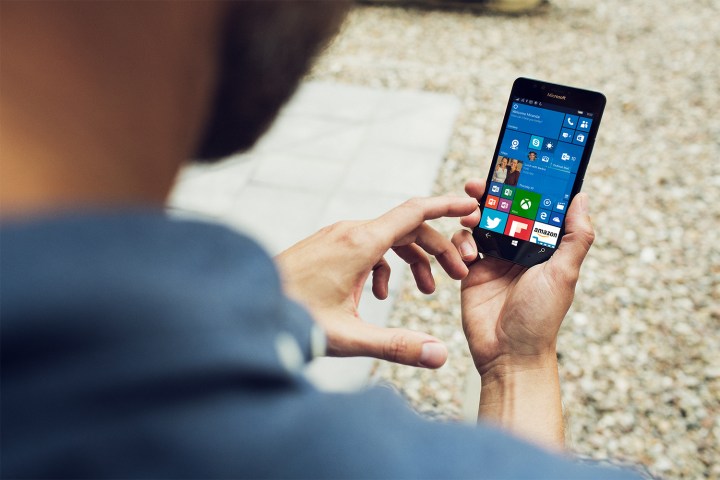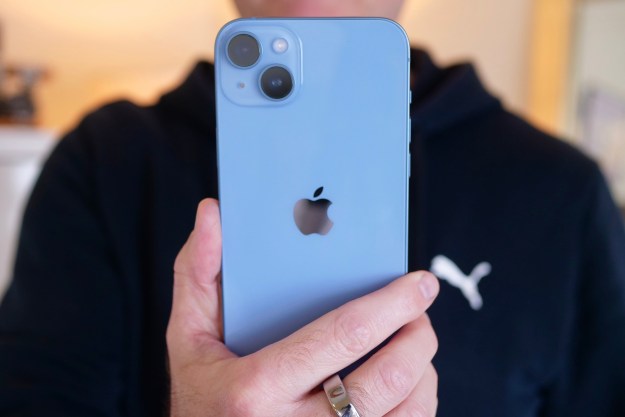
In an email apparently sent to Insiders, Microsoft asks anyone with an iPhone 5S or newer device if they would like to try out the keyboard before it officially launches on the iOS App Store. The email also says that it will release the keyboard to other platforms in the future. It does not mention Android by name, but it’s a fairly safe assumption Google’s mobile OS is on the list.
Word Flow is a comprehensive keyboard app, which offers trace functionality for users that enjoy swiping more than typing, along with word suggestions. It also corrects misspellings, lets you input your own words to the dictionary, and learns from your language and word-usage tendencies. Microsoft gloats in the email that Word Flow was used during a world record for typing the fastest text message. It doesn’t mention this was subsequently broken again by Fleksy’s keyboard.
We don’t know a final launch date for Word Flow on iOS, but we suspect it to be available in the next few months if the beta is about to be sent out to testers. If it finally launches — there’s no guarantee at the moment — Microsoft will be in competition with the best keyboards in the business, including SwiftKey, Fleksy, and Apple’s default option. It is a big change compared to Windows Mobile, which doesn’t support third-party keyboards.
Satya Nadella’s plan for Microsoft seems less about the platform, more about getting the services to all potential users. The company has become “platform agnostic”, focused on bringing and maintaining its services on all popular platforms.
That’s good news for iPhone and Android users that enjoy Microsoft’s services, but bad news for fans of Windows Mobile that want apps to stay exclusive to the platform. We don’t know what effect porting the apps to iOS and
Editors' Recommendations
- 3 reasons why I’ll actually use Anker’s new iPhone power bank
- There’s a big problem with the iPhone’s Photos app
- This one thing could make iOS 18 the best iPhone update in years
- This is our best look yet at the iPhone 16’s big design changes
- Everything Apple says is wrong about the DOJ’s iPhone lawsuit


